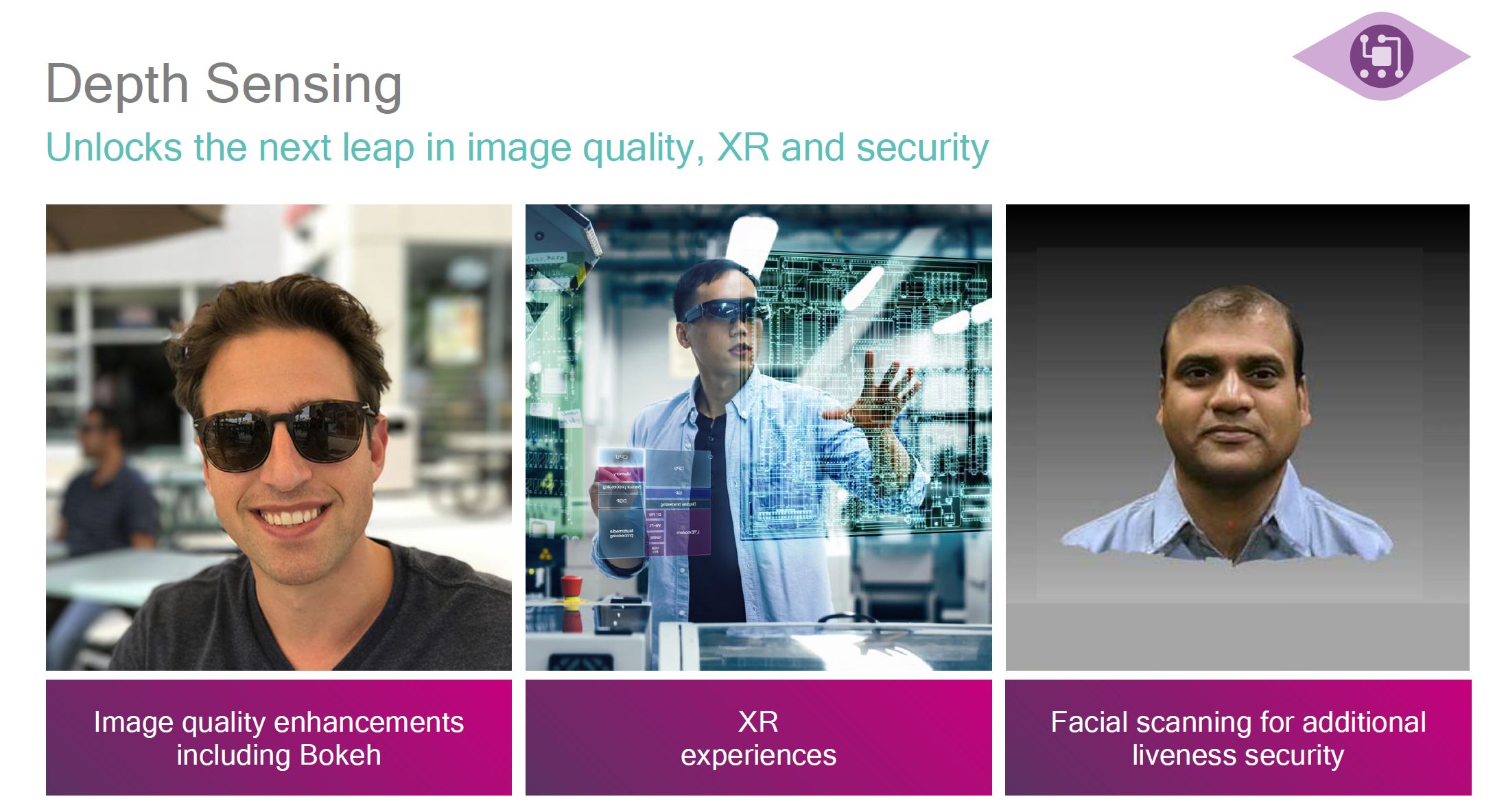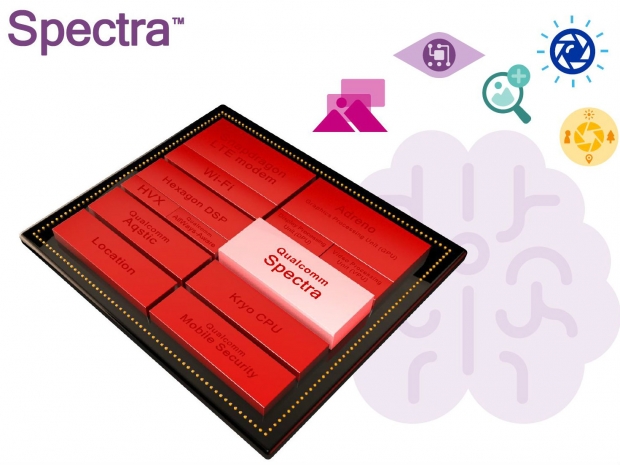Frankly, the Image signal processor (ISP) is not getting enough attention and this is a mobile SoC component that is responsible for getting the picture just right.
As a part of the new 2nd Generation Spectra ISP, Qualcomm demonstrated the new architecture for high resolution depth sensing.
The video below shows an engineer with a prototype tablet using Qualcomm technology structured light camera module. The camera is capable of capturing a high resolution depth map that can be viewed from different angles in real time. If you look at the video you will notice that this looks like magic. The high resolution depth map contains over 10,000 points of depth creating a very vivid image. The structured light camera creates a very accurate point cloud data and collects changes in depth at small as .1mm apart.
Qualcomm believes that depth sensing with high resolution and high accuracy camera can advance the image quality, security, XR experience as well as head tracking. It sees depth sensing to be the next mission critical must have feature for smartphones. Depth sensing can revolutionize standalone VR and AR headsets as tracking and object avoidance becomes more precise and hand held controllers obsolete.
The new 2nd generation Spectra ISP can advance computational photography, video recording and computer vision applications that require accurate motion tracking. All this can be efficiently processed on the Qualcomm digital signal processor (DSP).
The end result will be better quality videos and photos and this is one of the key purchase arguments for many users. Qualcomm also prepares a bunch of cameras bundles for its partners to use with the next generation phones too, and it plans to offer its customers to enable this technology for smaller and bigger mobile industry players.




